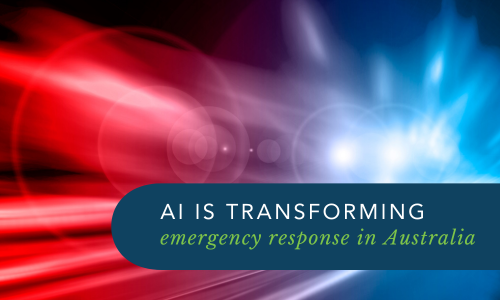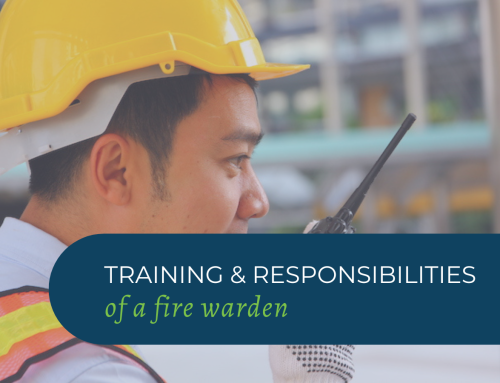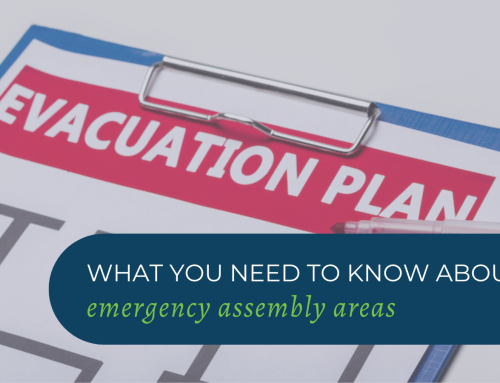Australia’s unique geography and climate make it a highly disaster-prone country. From catastrophic bushfires and devastating floods to cyclones and heatwaves, emergencies disrupt lives, infrastructure, and business operations with alarming frequency. Traditional emergency response methods, while effective, are often stretched to their limits by the speed and scale of these disasters.
Artificial Intelligence (AI) is no longer a futuristic concept—it is actively transforming how Australia predicts, prepares for, and responds to emergencies. For businesses, this shift presents an opportunity to enhance resilience, protect assets, and ensure continuity in the face of growing climate-related risks.
Beyond Reaction: AI for Faster, Smarter Emergency Response
When disaster strikes, every second counts. AI is proving to be a game-changer in improving response times and decision-making.
- Smarter Resource Allocation
Emergency services are often inundated with calls, satellite data, and social media reports during a crisis. Manually processing this information is slow and can lead to delays in critical decision-making.
AI-powered systems can analyse vast amounts of real-time data—emergency calls, traffic cameras, weather updates, drone footage, and social media alerts—within seconds. These systems can then prioritise incidents based on severity, predict how a disaster might evolve (such as the path of a bushfire), and optimise the deployment of personnel and resources.
For businesses, this means faster emergency assistance, reduced operational downtime, and better protection for employees and assets.
- Enhanced Situational Awareness
One of the biggest challenges in emergency management is consolidating multiple data sources into a clear, actionable picture. AI integrates information from satellites, sensors, weather forecasts, and ground reports to create a real-time overview of the situation.
For example, during a flood, AI can overlay live river height data with road closures, evacuation routes, and critical infrastructure locations (such as power stations or warehouses). This allows emergency coordinators to make more informed decisions—helping businesses plan evacuations, reroute supply chains, or secure facilities before disaster hits.
- Automated Triage and Crisis Communication
In large-scale emergencies, emergency call centres can become overwhelmed. AI-driven voice recognition and natural language processing can help prioritise calls based on urgency, ensuring that life-threatening situations get immediate attention.
AI-powered chatbots and automated messaging systems can also deliver real-time updates to affected communities, including employees. These tools can provide evacuation routes, shelter locations, and safety instructions, reducing panic and ensuring people get accurate information quickly.
The Power of Prediction: Shifting from Reactive to Proactive
While rapid response is crucial, the real revolution lies in AI’s ability to predict disasters before they happen.
- Risk Modelling and Forecasting
AI excels at identifying patterns in vast datasets. By analysing decades of historical weather data, satellite imagery, and past disaster reports, AI models can forecast risks with remarkable accuracy.
For example:
- Bushfires: AI can assess fuel loads, drought conditions, and forecast temperatures to predict high-risk areas months in advance.
- Floods: Machine learning models can simulate rainfall intensity, river levels, and terrain data to forecast flood zones before the first drop falls.
- Cyclones: AI-enhanced weather models can predict storm paths and intensity changes faster than traditional methods.
Businesses in high-risk sectors—such as agriculture, logistics, and construction—can use these insights to adjust operations, reinforce infrastructure, or relocate assets before disaster strikes.
- Early Warning Systems
AI doesn’t just predict disasters—it helps prevent them from becoming catastrophes. By processing real-time data from sensors (such as river gauges, soil moisture detectors, and seismic monitors), AI can trigger early warnings with pinpoint accuracy.
For instance, an AI system monitoring a dam might detect abnormal pressure changes and alert authorities before a breach occurs. Similarly, businesses in fire-prone areas could receive automated alerts when nearby bushfire risks escalate, allowing them to activate emergency protocols sooner.
- Infrastructure Resilience Planning
Many Australian businesses rely on critical infrastructure—power grids, telecommunications, transport networks—that are vulnerable to disasters. AI can simulate different disaster scenarios to identify weak points in these systems.
Governments and utility providers are already using AI to prioritise infrastructure upgrades, ensuring that power lines, water supplies, and communication networks remain functional during emergencies. For businesses, this means fewer disruptions and faster recovery times.
What This Means for Australian Businesses
AI’s role in emergency management isn’t just about saving lives—it directly impacts business resilience.
Key Benefits for Businesses:
✔ Reduced Downtime – Faster, more targeted emergency responses mean shorter disruptions.
✔ Enhanced Employee Safety – Earlier warnings and better evacuation planning protect staff.
✔ Informed Risk Management – AI-driven risk assessments help businesses choose safer locations, diversify supply chains, and optimise insurance coverage.
✔ Asset Protection – Predictive insights allow businesses to reinforce facilities, relocate inventory, or back up critical data before disaster strikes.
✔ Stakeholder Confidence – Demonstrating AI-informed disaster preparedness builds trust with investors, customers, and insurers.
The Australian Context: Progress and Challenges
Australia is already a leader in AI-driven emergency management:
- The Bureau of Meteorology (BoM) uses AI for more accurate weather forecasting.
- CSIRO’s “Spark” bushfire prediction system helps firefighters anticipate fire spread.
- State Emergency Services are trialling AI-powered flood and cyclone modelling.
However, challenges remain:
- Data Quality: AI is only as good as the data it’s trained on—ensuring accuracy is critical.
- Cybersecurity: AI systems handling emergency data must be protected from hacking.
- Human Oversight: AI supports, but doesn’t replace, human expertise in crisis decision-making.
AI is revolutionising how Australia handles disasters—moving from reactive scrambling to proactive prevention. For businesses, integrating AI-driven insights into risk management strategies is no longer optional; it’s a necessity for long-term resilience.
By staying informed, adopting predictive tools, and collaborating with emergency services, Australian businesses can better navigate an uncertain climate—protecting their people, assets, and future operations.
The AI revolution in emergency response is here. The question is: Is your business ready?
GET IN TOUCH
Are you ready for peace of mind that your workforce is as safe and prepared as possible?
With a dedicated team of staff ready to help you meet compliance requirements and improve the overall safety of your workplace, all you need to do is get in touch.
Request your free audit today!



